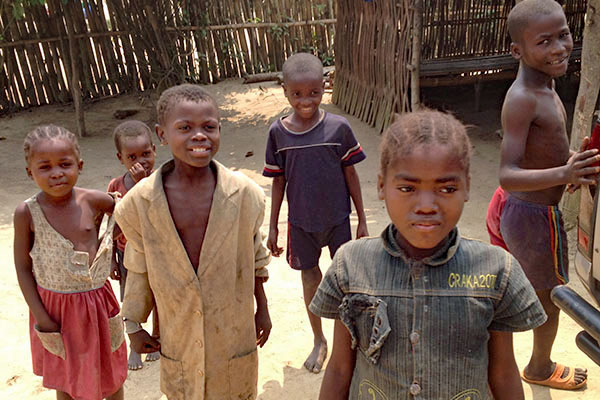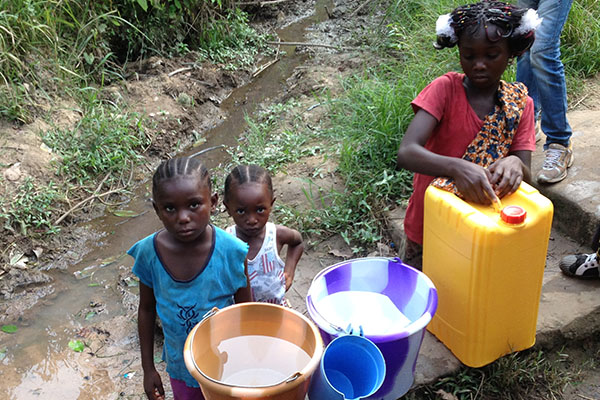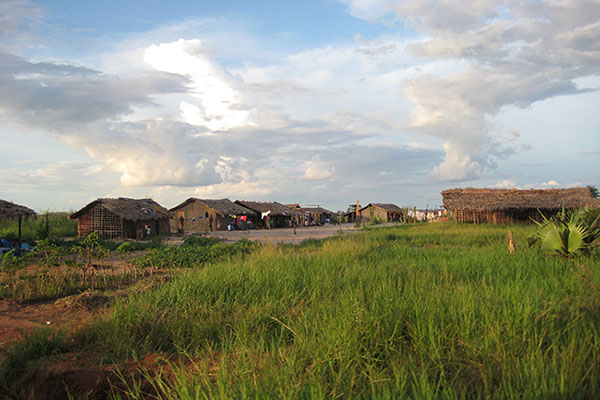

The Democratic Republic of Congo, also known as DRC or simply Congo is by all measures one of the poorest countries in the world. Ironically Congo has abundant natural resources, namely mineral deposits such as tantalum, a key element of cell phones and laptops worldwide. But decades of war, political corruption and poor infrastructure continue to disrupt development in this Central African country of more than 70 million people.
Mainly in rural areas, some 51 million people drink unsafe water each and every day putting them at risk of waterborne diseases ranging from diarrhea to cholera both of which can kill, the latter sometimes within hours. Furthermore, the women and children who fetch water daily, can carry only small amounts. This water, which is often contaminated goes first to drinking, then cooking leaving little or no water to practice good hygiene.
Only one in five Congolese people have adequate toilets thus contaminating creeks and rivers – the same water sources used for drinking water. And so the vicious cycle continues, spreading deadly diseases from which children under 5 years old suffer the most. Nearly one in ten children die before their fifth birthday in Congo.

Access to basic sanitation is closely linked to the extreme poverty and suffering that persists in Congo.
Many families struggle to live on less than $1.25 a day, often unable to afford the school uniforms, supplies and fees needed for their children to go to school. Illiteracy fuels a lack of awareness and the practice of good hygiene and sanitation.
Therefore many community members do not wash their hands after using the toilet or open-air defication. This is yet another route for diseases and parasites to take hold.
Most Congolese families who are trapped in a vicious cycle of poverty spend the best part of the day just trying to secure a meal which is seldom nutritious and water seldom clean.
The lack of access to safe drinking water and resulting poor hygiene puts people at risk of contracting deadly diseases.
In Congo, only one in five people have adequate toilet facilities. Instead the practice of open-air defecation contaminates streams and rivers.
Everyday 51 million Congolese people have no choice but to drink dirty water collected from these very same streams and rivers – water that could be contaminated with pathogens for diseases such as diarrhea, dysentery, bilharzia, typhoid fever and cholera.
In Congo the rate of infant mortality is staggering, 168 children in every 1,000 are likely to die before 5 years (WHO, 2011)


Look at Nkalamba, a rural village. Catholic and Protestant churches both operate schools here. The student population alone is over 1600 yet the village has no nearby water supply.
Women and children spend time and energy fetching water from surrounding swamps. During the dry season they must travel even further into the forest to find what little water there is in small ponds.
The situation this village faces is repeated all over Congo in fact all over Africa. The rural people of Congo are so poor that they cannot afford to drill or dig wells for each village. They need a hand up from the international community.